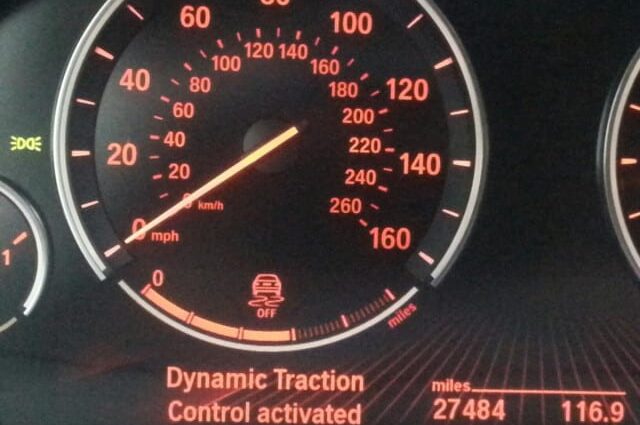
How does traction control work?
When you're driving down a dark highway late at night, it's raining, but you never worry about safety - your car has a traction control system. Although you know the term, you may not understand what it really means or how it works.
When traction control was introduced early on, it was very different from today's sophisticated computer-controlled systems. Modern vehicles use several electrical solenoids and sensors to control wheel speed, transmission power output, and other variables that control the delivery of engine power to individual wheels and suspension systems. The goal is to reduce the chance of tire spin and improve driving stability in bad weather to reduce the chance of your vehicle slipping or spinning. While the purpose of any traction control system is the same, each car manufacturer today takes a unique approach to designing this feature to suit the characteristics of their vehicles.
Let's take a look at a few common traction control systems and how they work to keep your vehicle stable.
How traction control works
Traction control has been around for many years and is used in most vehicles today. An early version of the system used on rear wheel drive vehicles is called a limited slip rear differential. This mechanical device distributes power to the rear wheel that has more traction in a given situation, reducing wheel spin. Limited slip differentials are still used today in performance driven vehicles.
Modern cars are equipped with electronic traction control, which is based on the use of sensors built into the ABS system. These wheel speed sensors monitor wheel speed and determine if one or more wheels have lost traction. If the sensors detect that one wheel is spinning faster than any other, they momentarily reduce power to that wheel.
Some systems use a brake connected to a slipping wheel to slow it down. This is usually enough to slow the vehicle down and allow the driver to regain control. Other systems take the process one step further by reducing engine power to the spinning wheel. This is usually controlled by a combination of sensors, including wheel sensors, gear speed sensors, and even differential and shift sensors for vehicles with rear wheels. You often feel a pulsing in the gas pedal or hear unusual engine sounds when the traction control system is activated.
Traction control as part of the ABS system
The traction control system works with the ABS system, but serves a different purpose. While the ABS system kicks in when you try to stop your car, the traction control kicks in when you try to accelerate. Imagine that you have stopped at a stop sign on a wet or snowy road. It's your turn to drive and you step on the gas pedal. Your tires start to spin because they lack grip on slippery pavement. The traction control system kicks in to slow down the speed of the tires so they get enough traction on the pavement to propel you forward. Your wheels stop spinning and your car starts moving forward. This is traction control in action.
What type of vehicle you own will determine the specific setting of your traction control system. While it may be tempting for many car owners to disable this system in order to intentionally spin the wheels or try to "drift", it is highly recommended to leave the system enabled at all times. In some cases, when it is disabled, it can cause additional wear to other components and lead to potentially costly repairs. Moreover, drivers who do not have experience in skid control are at risk of an accident. Repairs involving disabling traction control can be very expensive, so be careful when considering using and deactivating traction control.